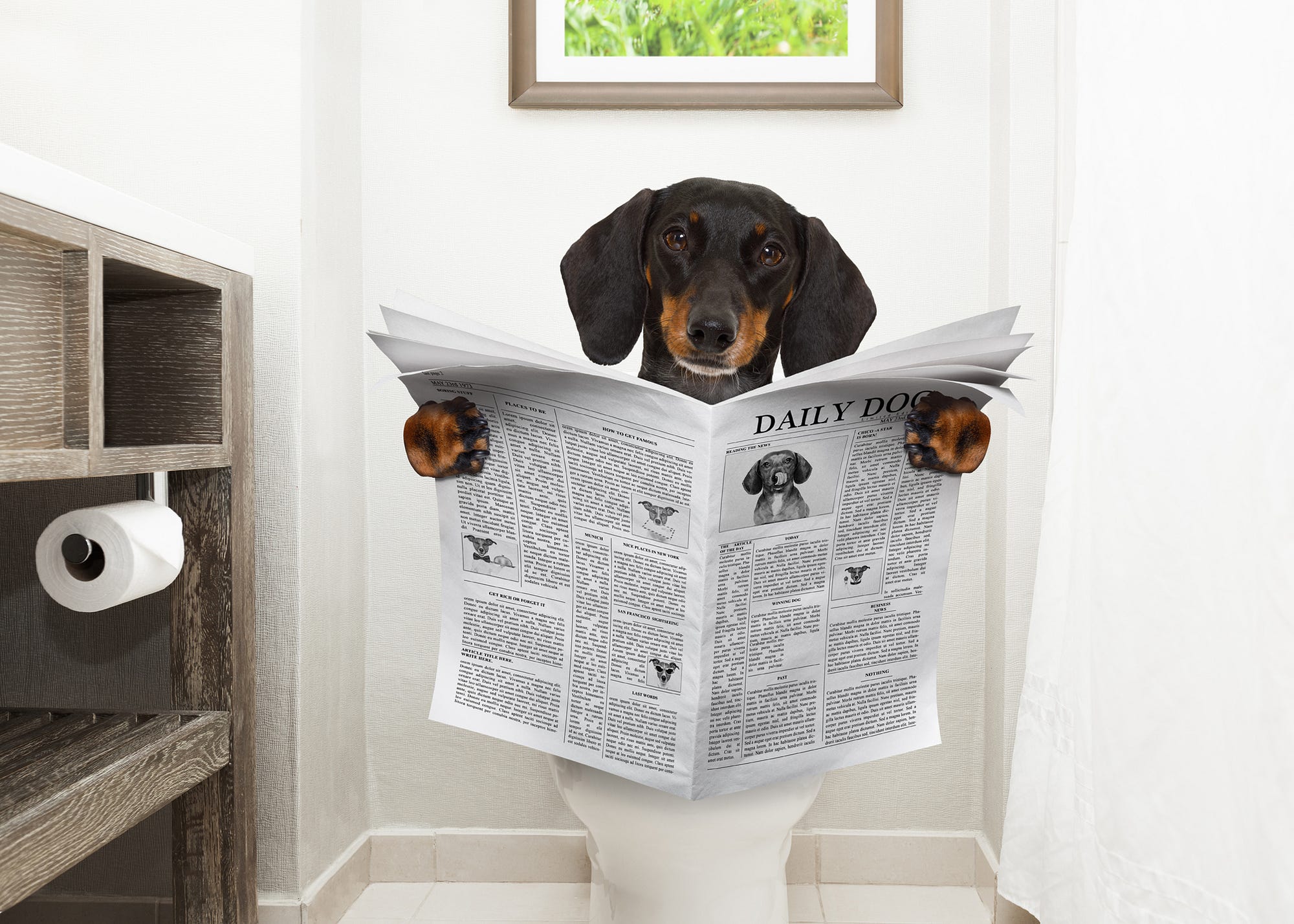Exploring Why Animal Waste Has to Not Be Flushed Down the Toilet
Exploring Why Animal Waste Has to Not Be Flushed Down the Toilet
Blog Article
Were you in search of related information involving 4 Reasons Why Dog Poop Cleanup is Important?

When it involves disposing of waste, particularly animal waste, many people typically resort to the convenient option of flushing it down the toilet. Nevertheless, this apparently easy option can have severe repercussions for the setting and public health. In this article, we'll explore why flushing animal waste down the toilet is a negative idea and offer alternate approaches for proper disposal.
Intro
Correct garbage disposal is important for keeping ecological sustainability and public health. While it might appear safe to purge animal waste down the toilet, it can bring about different concerns, both for the atmosphere and human health.
Dangers of flushing pet waste
Ecological influence
Purging pet waste presents harmful microorganisms and virus into rivers, which can negatively impact marine communities. These virus can pollute water resources and injury marine life, interrupting fragile communities.
Public health issues
Pet waste includes harmful germs such as E. coli and Salmonella, which can pose severe health and wellness risks to humans. Flushing pet waste down the toilet can contaminate water products, causing the spread of diseases and infections.
Alternatives to flushing
As opposed to flushing pet waste down the bathroom, there are a number of alternate disposal techniques that are more environmentally friendly and hygienic.
Composting
Composting animal waste is an environmentally friendly means to dispose of it. By composting, raw material is broken down into nutrient-rich soil, which can be made use of to fertilize yards and plants.
Land fill disposal
Throwing away animal waste in a garbage dump is one more choice. While not as eco-friendly as composting, it is a more secure alternative to flushing, as it stops the contamination of water resources.
Animal garbage disposal systems
There are customized family pet garbage disposal systems readily available that securely and hygienically throw away animal waste. These systems commonly use enzymes to break down waste and remove smells.
Steps to correct animal garbage disposal
To make certain correct disposal of animal waste, follow these steps:
Scooping and nabbing waste
Frequently scoop and bag animal waste utilizing naturally degradable bags. This stops waste from infecting the setting.
Utilizing marked waste containers
Dispose of bagged animal waste in assigned waste containers, such as compost bins or garbage dump containers. Prevent flushing it down the toilet at all prices.
Cleaning up can and animal locations on a regular basis
On a regular basis tidy litter boxes and family pet areas to prevent the build-up of waste and microorganisms. Usage pet-safe cleansing items to keep health.
Advantages of appropriate disposal approaches
Adopting correct disposal methods for pet waste provides several advantages:
Minimized environmental pollution
Appropriate disposal approaches lower the danger of environmental pollution, securing rivers and communities from contamination
Reduced risk of water contamination.
By preventing flushing animal waste down the bathroom, the risk of water contamination is considerably decreased, protecting public health.
Improved cleanliness and hygiene
Correct disposal approaches advertise much better cleanliness and hygiene, developing a much safer setting for both humans and animals.
Conclusion
Finally, flushing animal waste down the toilet is hazardous to the setting and public health. By adopting alternative disposal techniques and complying with appropriate waste administration practices, we can lessen the negative impact of animal waste and add to a cleaner, healthier planet.
What To Do With Dog Poo – The Do's And Don'ts Of Disposing Of Faeces
Dog poo bins
Some councils provide dedicated dog waste bins in popular dog-walking areas that can take dog poo that has been bagged but you can legally dispose of dog waste in any public litter bin, as long as it is securely bagged. This also applies to your wheelie bin at home.
Do not flush
Water companies do not recommend flushing dog faeces down the toilet because certain parasites can survive the water processing treatment and are potentially harmful to humans. You should also never consider flushing dog poo that has been bagged down the toilet as the bags will not break down and instead create severe blockages in the sewage system.
In the woods
The Forestry Commission promotes a ‘stick and flick’ method for dealing with waste in the woods. This means finding a stick and using it to flick any poo from off the path so that it is out of the way of other walkers. You could also bury it as long as it is not in an area where there might be livestock.
Livestock
Parasites found in dog poo can be transmitted to livestock if they inadvertently eat infected faeces that has been left on grazing land. This could result in the death of sheep or abortion in cattle so you should always make sure you pick up your dog’s waste in fields where livestock could be present.

As a person who reads about Don't Flush Your Pets Poo Down The Loo, Vet Warns, I figured sharing that excerpt was really helpful. Enjoyed our posting? Please share it. Help other people locate it. Thank you for taking the time to read it.
Browse Our Site Report this page